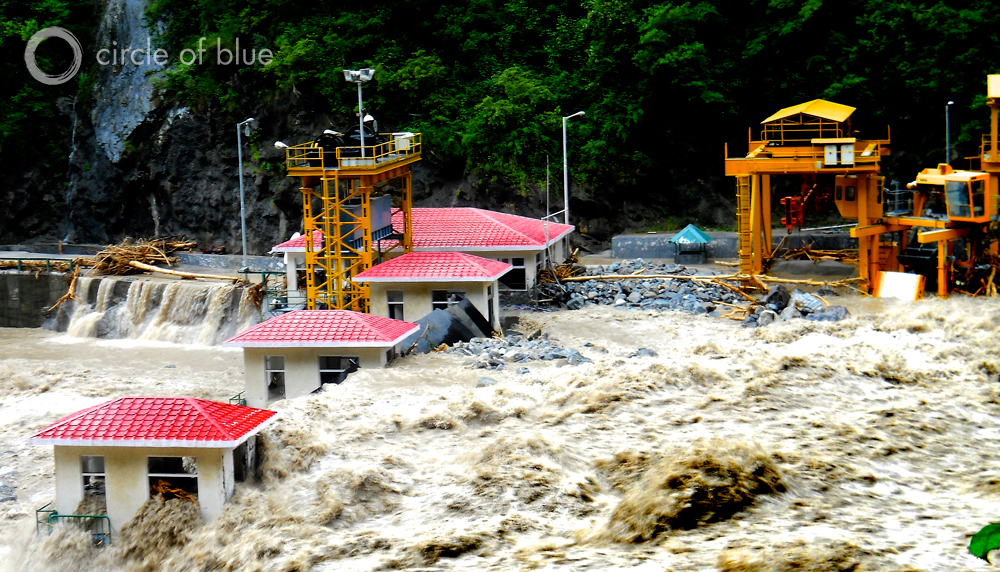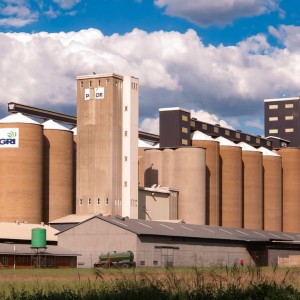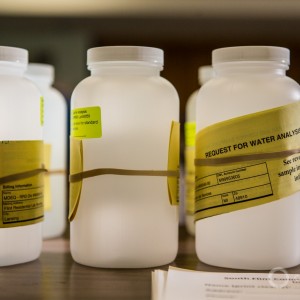
By Keith Schneider
Circle of Blue
The trouble South Africa is having in completing Kusile and Medupi, while torturous, is not globally unique. Examples of 20th-century-style mega projects that are foundering in the much riskier ecological and economic conditions of the 21st are legion.
In India, construction on the 2,000-megawatt Lower Subansiri Dam in Assam, at the time the largest ever proposed in the country, was blockaded and then halted by rural residents in 2010 over authentic risks the dam presented for flooding, depleted fisheries, and inundated farmland. Three years later, a murderous flood in Uttarakhand’s Himalayan highlands killed an estimated 30,000 people, wrecked dozens of small towns, and washed away hydropower dams. The disaster was a body blow to India’s national plan to diversify its electrical generating sector with Himalayan hydro dams.
In China, national plans to convert coal to liquid fuels in more than 20 water-consuming processing plants were abandoned due to water scarcity and excessive climate changing emissions produced by the plants. Hundreds more coal mines and dozens of coal-powered electrical plants have been closed as China recognizes the consequences of the coal production and combustion cycle to air and water quality, the health of its citizens, and land degradation. China’s pivot away from coal is crippling coal markets in all the big coal-producing countries, including the United States and South Africa.
In Peru, executives of Newmont Mining and Buenaventura, its Peruvian partner, did not adequately anticipate the fidelity that Andes farming and livestock herding families held for the pure streams and clear lakes of their incomparably beautiful mountain region. Nor did mine owners anticipate how fiercely those farmers, known as campesinos, would fight to preserve the quality and supply of those water resources and their pastoral mountain way of life. In 2011, construction on Newmont’s new Conga mine prompted such fierce battles at the mine entrance and in Cajamarca, the regional capital, that Peru’s newly elected president, Ollanta Humala, declared a state of emergency. The resistance, spurred by knowledge that four natural lakes would be drained and replaced by four manmade reservoirs, subsided after Newmont announced that it was suspending work on the Conga mine indefinitely.
In western Panama, several watersheds have been the site of a decade-long civic uprising to halt the construction of hydropower projects. The strife is generated by Panama’s shifting views about energy production, economic growth, social fairness, and the value of its prodigious wild forests and water resources. In February 2015, as a result of civic opposition, Panama halted construction of the Barro Blanco dam. Not far away, Ngobe villagers are organizing to halt construction of Changuinola II, a 213-megawatt, $US 1.1 billion dam that Panama has approved in a bend of the Changuinola where the free-flowing river cuts between high cliffs of white limestone.
Last August, the Commonwealth Bank of Australia, that nation’s largest bank, said it would not fund the proposed Carmichael mine in Queensland, the biggest coal mine ever proposed in Australia. The mine’s role in adding to carbon emissions, potential damage to the Great Barrier Reef from coal transport ships, and a vigorous opposition campaign led by Greenpeace were factors in the bank’s decision.
Last fall, U.S. President Barack Obama cancelled the $US 8 billion Keystone XL pipeline to transport Canadian tar sands oil to American Gulf Coast refineries. The president said the 1,897 –kilometer (1,179-mile) pipeline would exacerbate climate change. Protestors along the route in the U.S. said it threatened water supplies and was not needed. By January this year, global oil prices had fallen so low so fast that some Canadian tar sands producers left the industry and others drastically curtailed oil production.
Circle of Blue’s senior editor and chief correspondent based in Traverse City, Michigan. He has reported on the contest for energy, food, and water in the era of climate change from six continents. Contact
Keith Schneider




